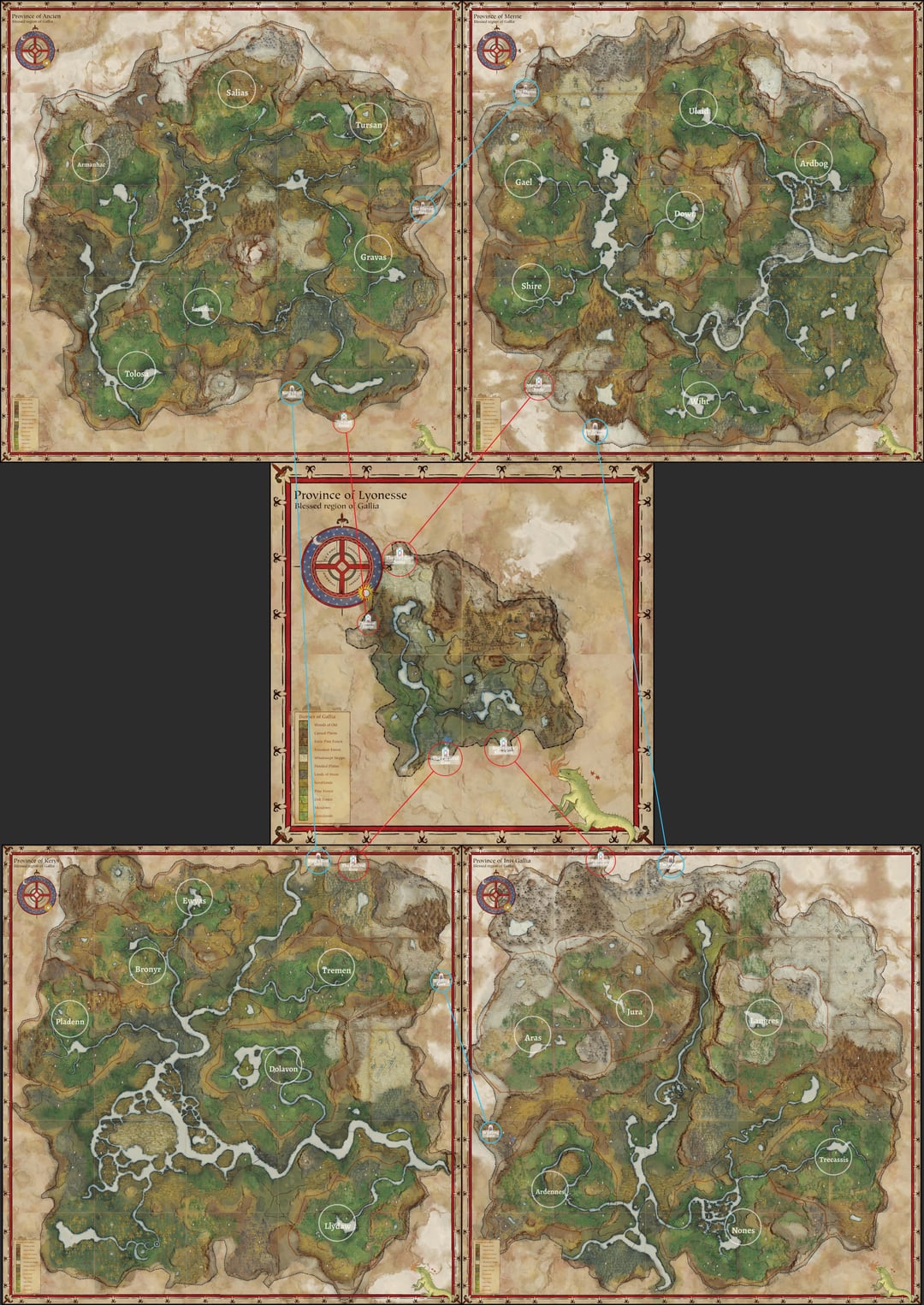Effective resource acquisition in Pax Dei hinges on understanding the geographical distribution of materials. Different biomes and geological features host specific sets of resources. This guide outlines typical resource locations to aid your exploration and crafting endeavors.
General Resource Distribution Principles
Resources are not randomly scattered; their presence is tied to the environment. Forests yield wood and specific flora, mountains are rich in ores and stone, while plains offer abundant basic materials and game. Exploration and keen observation are paramount to building your mental (and potentially in-game) resource map.
Biomes and Associated Resources
Forests (Temperate, Boreal, Ancient Groves)
Primary sources for timber, diverse plant life, and woodland creatures.

- Wood Types: Expect Softwoods (e.g., Pine, Fir) in cooler or younger forests, and Hardwoods (e.g., Oak, Maple, Ash) in more mature or temperate zones. Unique or magical woods may be found in secluded ancient groves.
- Plant Life: Abundant common herbs, berries, specific medicinal plants thriving in shaded areas, and various types of fungi, especially near decaying logs.
- Wildlife: Common game such as deer and boar, alongside predators like wolves and bears. Enchanted or rare forest creatures may inhabit deeper, mystical parts.
Mountains and Highlands
Key zones for mineral wealth, durable stone, and specialized alpine flora/fauna.
- Ores: Surface veins of Copper and Tin are common in foothills and exposed rock faces. Iron deposits are typically found at higher elevations or within cave entrances. Silver, Gold, and other rare ores are usually located deeper within mountain cave systems or on treacherous peaks.
- Stone: Abundant sources of Granite, Slate, and potentially Marble. Gemstones may be found embedded in specific rock formations.
- Flora: Hardy alpine herbs and shrubs adapted to harsh conditions.
- Fauna: Mountain goats, birds of prey, and potentially larger, more formidable high-altitude beasts.
Grasslands, Plains, and Meadows
Expansive areas rich in basic gathering materials, fiber plants, and common wildlife.
- Flora: Primary locations for Fiber Plants (e.g., Flax, Hemp), various common flowers, and easily accessible surface herbs.
- Minerals: Abundant Fieldstone and Flint scattered on the surface. Clay deposits can often be found where plains meet water bodies.
- Fauna: Herds of grazing animals, smaller game like rabbits and foxes, suitable for early hunting.
Swamps, Marshes, and Bogs
Environments offering unique resources that thrive in damp, often hazardous conditions.
- Wood: Specialized woods resistant to rot or with unique properties.
- Plants: Distinct alchemical ingredients, rare luminescent flora, and specific types of fungi. Clay deposits are very common near water edges.
- Creatures: Amphibious animals, venomous insects, and potentially larger, territorial swamp monsters.
- Minerals: Possibility of bog iron or other unique sedimentary deposits.
Caves and Underground Networks
Subterranean areas holding concentrated veins of ore, valuable crystals, unique ecosystems, and significant dangers.
- Ores: Highly concentrated deposits of Copper, Tin, and Iron near entrances, progressing to Silver, Gold, and rarer, more valuable metallic ores in deeper, more perilous sections.
- Gems & Crystals: Various types of crystals and gemstones used in advanced crafting and enchantments.
- Flora/Fauna: Bioluminescent fungi, specialized cave-dwelling insects and creatures, spiders, and potentially ancient or monstrous entities in the lowest depths.
Water Bodies (Rivers, Lakes, Coastlines)
Sources for aquatic life and specific shoreline or underwater resources.

- Flora: Reeds, specific water plants, algae useful for various crafts.
- Minerals: Abundant Sand and Clay along banks and shores. Riverbeds may contain alluvial deposits of Tin or even Gold.
- Fauna: Diverse fish populations, crustaceans. Coastal areas may yield pearls or other marine resources. Fishing is the primary gathering method.
Identifying Resource Nodes
Learn to recognize visual cues indicating the presence of specific resources:
- Rock Outcrops: Discoloration, metallic sheen, or crystalline structures on rock surfaces often signify ore veins. Different colors can indicate different ore types.
- Plant Characteristics: Unique shapes, colors, leaf patterns, or a subtle glow can distinguish rare or magical plants from common foliage.
- Ground Texture & Color: Changes in soil color or texture can indicate deposits of clay, sand, or other specific minerals.
- Tool Tiers: The need for higher-quality tools often suggests that the targeted resources are found in more challenging, remote, or deeper locations.
Important Note: Resource availability can vary. Nodes may deplete and regenerate over time. Diligent scouting, observation, and potentially marking locations on your map are crucial for efficient and sustained resource gathering in Pax Dei.












